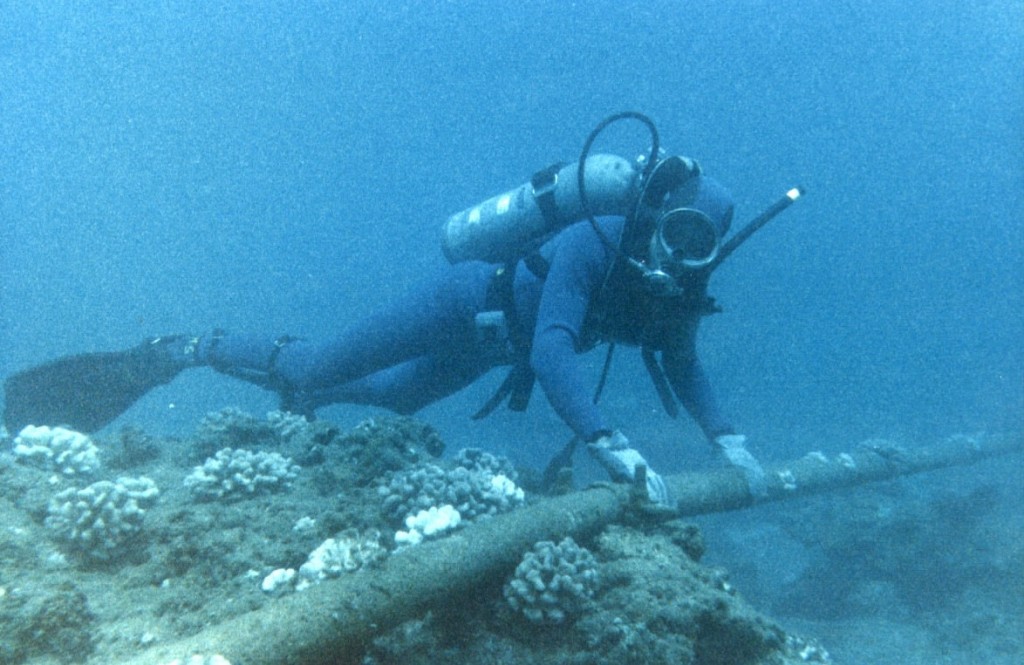As noted in our report yesterday, TM originally didn’t clarify where or how it manage to obtain the additional capacity. As it turns out, it was done by rerouting the traffic to an alternate international link which the company didn’t reveal the exact link in its announcement. However, in a separate statement released by the Malaysian Communications and Multimedia Commission (MCMC), the alternate link turns out to be the Cahaya Malaysia (CM) which is TM’s first fully owned international submarine cable system. CM itself is part of the larger Asia Submarine-cable Express (ASE) system that links our country, Singapore, the Philippines, Hong Kong and Japan. In the same statement, MCMC has also made a reference to TM’s peering connection with the Malaysia Internet Exchange which is how the company is able to minimize its international traffic. So, as far as TM and MCMC are concerned, Malaysian users shouldn’t have any problem anymore using services or browsing sites that are based in Hong Kong and the United States.
Meanwhile, in case you want to want to learn what submarine cable systems are all about and why they break, check out our quick guide from 2016 right here. (Images: TM // TeleGeography Submarine Cable Map // Preparatory Commission for the Comprehensive Nuclear-Test-Ban Treaty Organization, used under Creative Commons license. )

